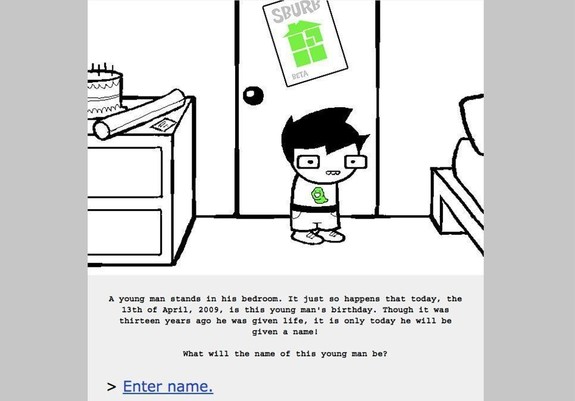Before the media fixated on dark web crime stories, .onion services were a refuge for those who valued privacy, free speech, and anonymity. Early adopters of Tor used it to host personal blogs, distribute banned literature, share research in repressive regions, and build decentralized forums where users could speak without surveillance. Activists, journalists, and whistleblowers relied on hidden services to communicate and collaborate safely. It was never about profit. It was about principle. The darknet wasn't born for crime. It was born for freedom.
Frühere Suchanfragen
Suchoptionen
#internethistory
I'm curious, does anyone know of a good way to find archived copies of videos from the video streaming app/service Periscope? I'm trying to find helpful suggestions for an acquaintance.
I took a look at archive.org, and it looks like there are a fair number of videos under the subject "periscope", but not a complete set and not containing what my acquaintance was looking for.
I did find this collection of files from @ArchiveTeam, but I have no idea what they are or how to make use of them:
https://archive.org/details/archiveteam_periscope
Before the web was a click-away experience, anonymous FTP servers were how you explored the digital world. Universities, research labs, and passionate individuals ran public archives where you could log in as "anonymous" and download everything from source code and academic papers to text files and early Linux distributions. These servers were a foundational part of early open information sharing and laid the groundwork for the collaborative spirit of free software. A few of these old archives still exist today, quietly waiting for curious minds to dig through their digital fossils.
Today, April 13, 2009, a young man stands in his bedroom on his birthday (Homestuck, 2009)
EINPresswire: The First-Ever Museum of Digital Influence Has Launched (PRESS RELEASE). “Today, digital influence is an established part of online culture, shaped over decades through emerging platforms, creators, and technological change. This ongoing transformation now has a dedicated space for reflection and research. The Museum of Digital Influence is a newly launched, non-commercial […]
"It’s strange to think that streaming a song in stereo was so revolutionary back then, but that was the state of the art in online media circa 1996."
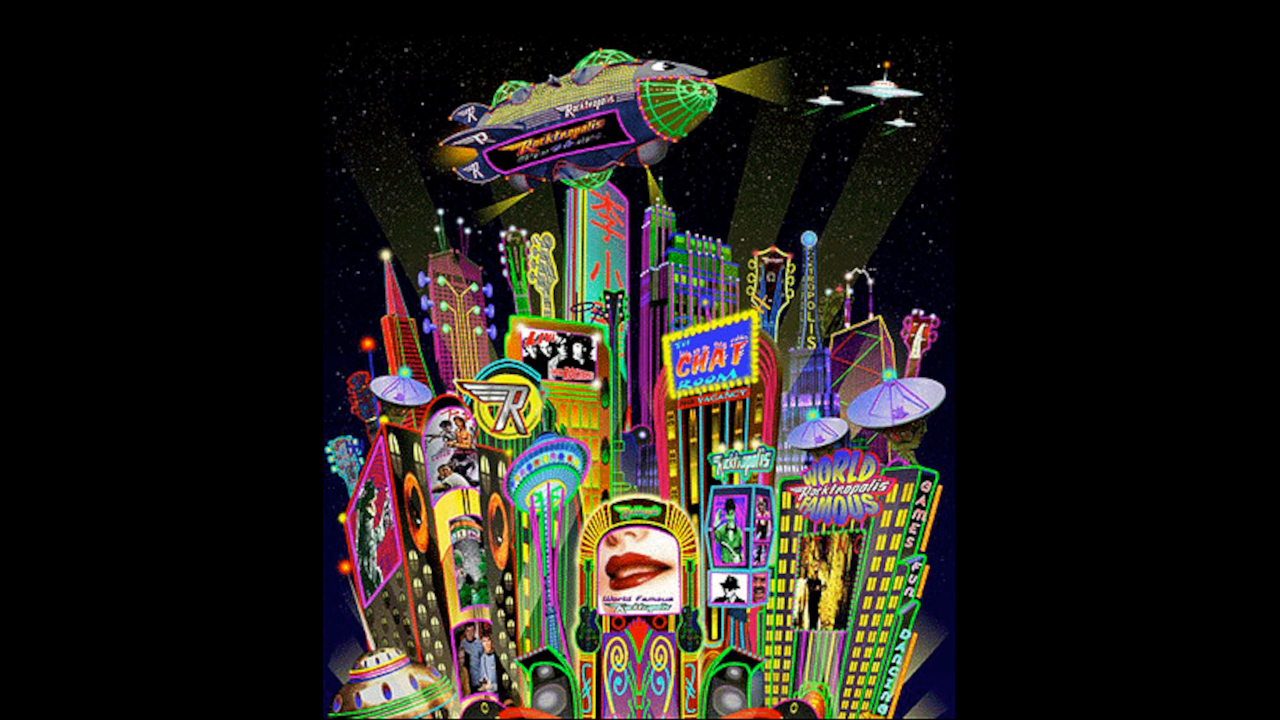
New on Cybercultural -> Over 1996, the Web became an experimental testing ground for new ways of distributing and promoting music. RealAudio, Rocktropolis, Music Boulevard and IUMA were some of the leading sites. https://cybercultural.com/p/state-of-online-music-1996/ #InternetHistory

New podcast episode!
We interviewed Shane Greenstein, economist at Harvard Business School, on the evolution of the internet—from Web 2.0 to the rise of AI.
His insights are sharp, surprising, and incredibly relevant to where we’re headed next.
Available on all podcast platforms.
https://youtu.be/z3z94qVCGp8
#theinternetiscrack #podcast #Web20 #AI #InternetHistory #ShaneGreenstein #TechPodcast #Harvard #DigitalEvolution #FediTech #economist
#HarvardBusinessSchool
In 1991, long before modern browsers and flashy websites, the University of Minnesota introduced Gopher. A text-based, menu-driven protocol that let users browse information across the internet in a clean and structured way. No JavaScript, no pop-ups, no CSS, just nested menus and pure content. It briefly ruled the net, especially in universities and research circles.
But when the university announced plans to charge licensing fees, and HTTP emerged with the freedom and flexibility of hypertext links, Gopher’s momentum crumbled almost overnight.
Still, Gopher never completely vanished. A small but passionate community keeps it alive through Gopherholes. Sites accessible via vintage clients or modern gateways. It’s minimal, fast, and nostalgic. For those who crave a web without surveillance capitalism or bloat, Gopher offers a quiet corner of the net that still whispers of what could have been.
Poynter: The Mercury News put all its news on the web for free 30 years ago. Did it open Pandora’s box?. “The Mercury News would become widely regarded as the first newspaper to put its entire content online, initially for free. The decision established a lasting expectation that online news should be free. The internet grew and grew into a daily fixture of unfathomable, unpredictable […]
New on Cybercultural: During the mid-1990s, David Bowie's website went from a storytelling structure for the Outside album, into a striking, grunge-inspired design for Earthling. At the same time, Bowie fan sites emerged. https://cybercultural.com/p/david-bowie-website-1995-1997/ #InternetHistory #WebDesign #BowieForever
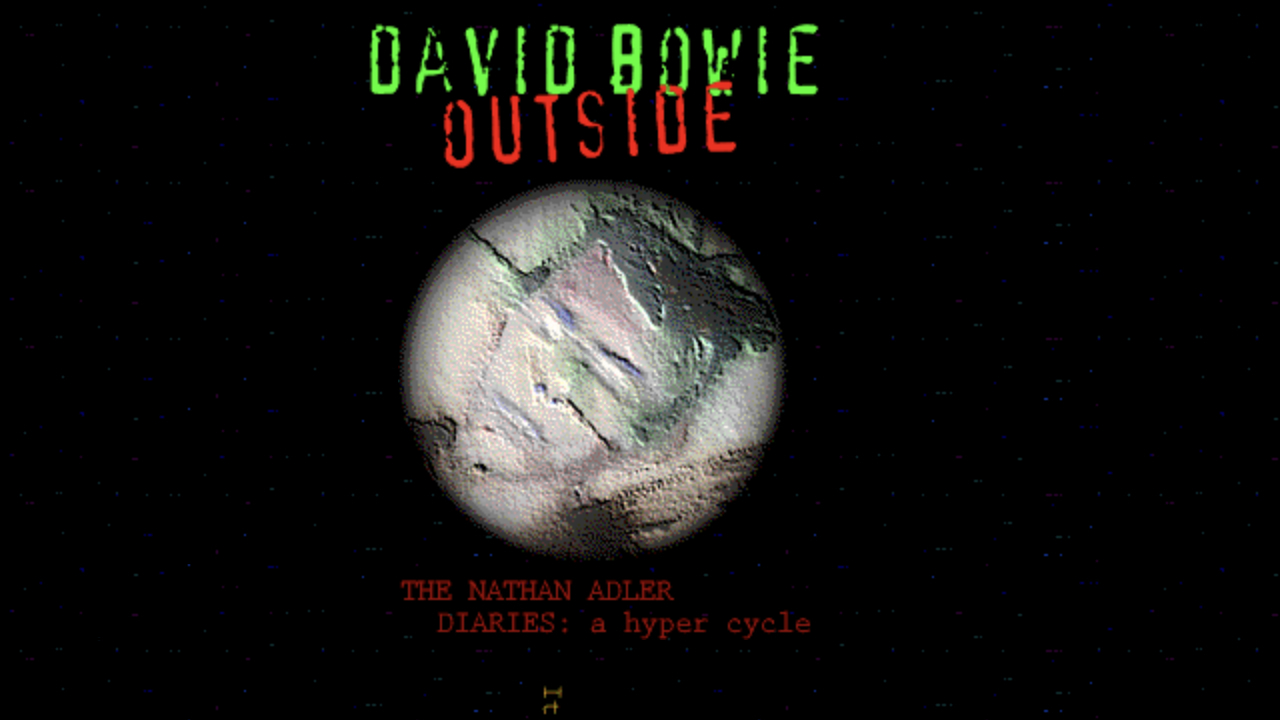
Created in 1988 by Jarkko Oikarinen in Finland, IRC was designed to enable real-time, text-based communication over the internet. Inspired by the multi-user talk programs on UNIX systems, Oikarinen wanted a system that was more flexible and scalable.
IRC quickly became the backbone of online communities in the 90s and early 2000s, hosting discussions ranging from programming and hacking to gaming and general socializing. Unlike modern chat services, IRC was entirely decentralized—anyone could set up a server, create channels, and communicate without corporate control.
Though its popularity has declined with the rise of modern platforms, IRC still thrives among enthusiasts, open-source communities, and privacy advocates who prefer its lightweight, no-nonsense approach to online chat.
Today is the International Open Hackerspace Day!
I didn’t know about this (thank you for sharing your discovery, @liaizon), but it’s a wonderful coincidence that this very day at 15:00 I’ll be hosting Knitting Our Internet at the newly open SCIFT Makespace! The workshop will most probably be in Italian, but we’ll be open to switch to English if non-Italian speakers are coming.
See this event on Balotta, the local Gancio instance for Bologna
This is going to be the last stop of the Knitting Our Internet Italy Tour. After the workshop, I’m going to Queen Of Saba’s concert, in case you want to join and see one of the most incredible (and my favorite) artists!
What was the internet like 30 years ago? I'm glad you asked. In 1995, Netscape went public and Microsoft noticed the internet — the browser wars began. Also that year, Amazon and eBay launched, JavaScript and PHP debuted, and the web went mainstream. https://cybercultural.com/p/internet-1995/ #InternetHistory #1995Nostalgia
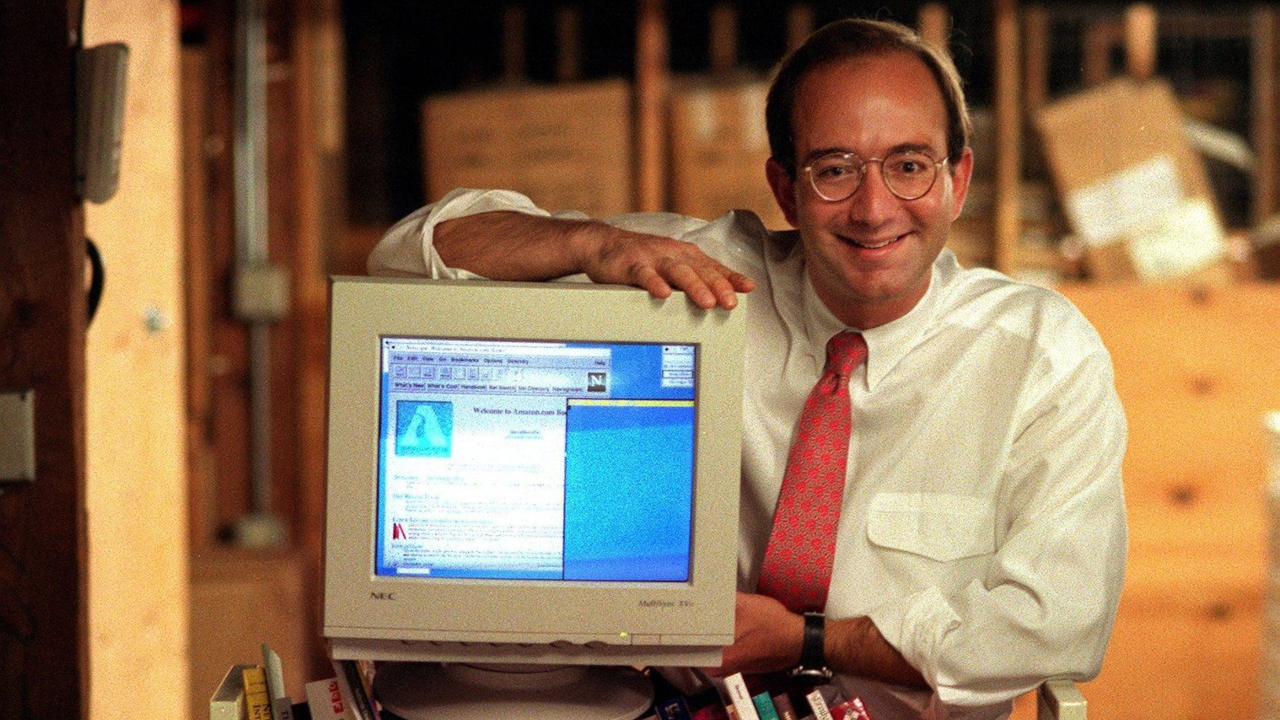
Engadget: The 560-pound Twitter logo has sold for $34,000. “Twitter may be dead, but the 12-foot tall bird logo from its San Francisco headquarters will live on. The sign — one of two birds that formerly adorned Twitter’s office — has been sold at auction for $34,375. That’s a bit less than $40,000 auctioneers RR House estimated it would fetch, but is nonetheless a pricey piece of […]
https://rbfirehose.com/2025/03/23/engadget-the-560-pound-twitter-logo-has-sold-for-34000/
@cryptgoat
Looking for the same thing. Please warn me if you found. I don't understand how is impossible on Android to import mozilla bookmarks/history without a shitty Firesync/dont know name . Maybe at least there are a directory to find it ?
You may not be familiar with the name Alice Mary Hilton, but I'd argue she's just as significant as Marshall McLuhan in the history of cyberculture theory. In fact, she invented the word "cyberculture"! What's more, her 1960s focus on the practical impacts of computer automation on society is more important than ever in 2025, with the rise of AI. I'm quite proud of this post, so I hope you click through to learn more about this super-smart lady. https://cybercultural.com/p/cyberculture-alice-mary-hilton/ #InternetHistory
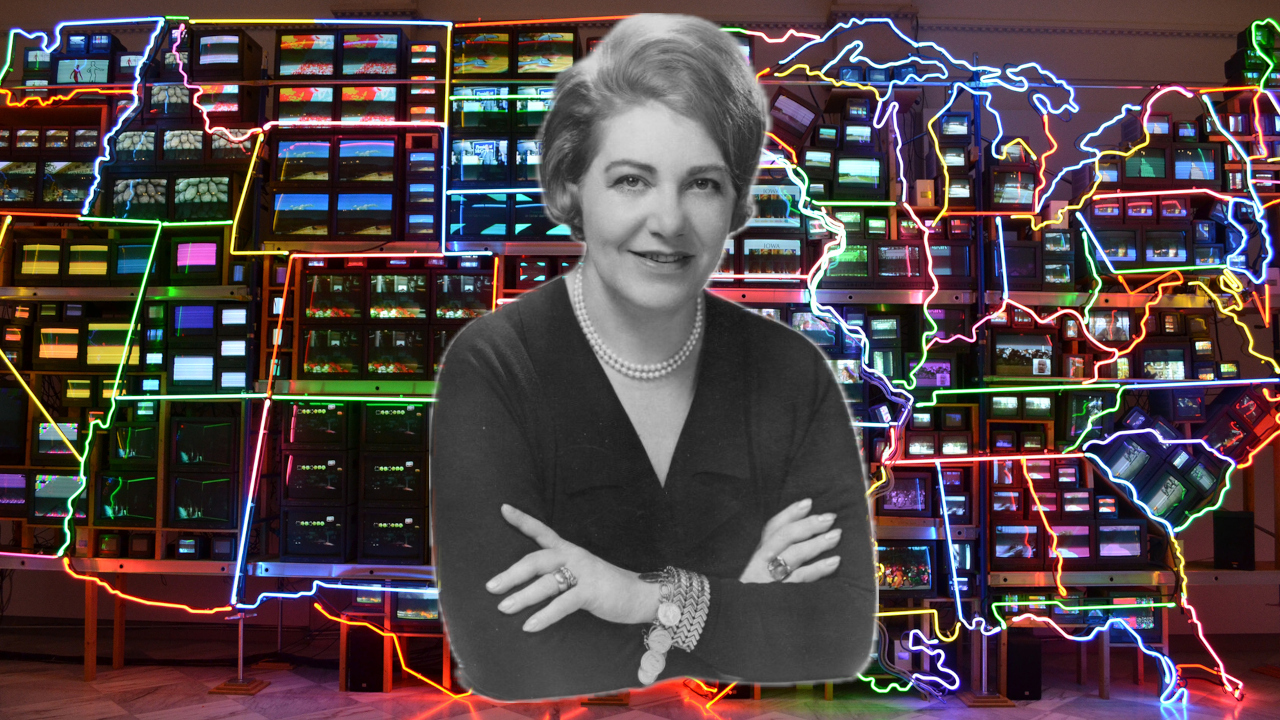
Knitting Our Internet Italy Tour!
(Versione italiana nel post precedente)
Tomorrow will begin the unbelievable tour of Knitting Our Internet, bringing the workshop around Italy!
If you’ll be in the places where the workshop will be happening, you are most definitely welcome to join, participation is completely free. If you won’t be around, please help me spread the word to friends and curious folks around the country! Everyone is invited.
Thanks to the awesome people who will be hosting me! @collettivodemand @reclaimthetech
Special note: while I will be in Bologna, we are planning to gather in person and collectively attend @fediforum, all together, from Scift, the newborn hackerspace in Làbas!
To get the latest info, visit https://ournet.rocks/
La Nostra Rete in tour!
(English version in the following post)
Da domani partirà il fantasmagorico imperdibile tour de La Nostra Rete, che porterà il workshop in giro per l’Italia!
Se sarete nei luoghi in cui si terrà il laboratorio siete assolutamente invitatз, l’ingresso è libero e gratuito. Se non foste nei paraggi, condividete appppalla con amicз tecnoscetticз, tecnoinnamoratз, tecnoasceticз, tecnorepellenti o tecnoindifferenti. Sono tuttз benvenutз
Grazie alle persone stratopiche che mi ospiteranno! @collettivodemand @reclaimthetech
Nota speciale: mentre sarò a Bologna, ci stiamo organizzando per trovarci di persona e partecipare collettivamente al @fediforum, tuttз insieme da Scift, la nuova officina che aprirà domani a Làbas!
Per info aggiornate, visitate https://ournet.rocks/it/
Three Hollywood movies were released in 1995 with internet themes: the Keanu Reeves cyberpunk film Johnny Mnemonic (with an accompanying website), The Net with Sandra Bullock, and Hackers. As well as these 3 films, I look back at William Gibson's now extinct mid-90s website, "William Gibson’s Yardshow", and the equally lost to time Johnny Mnemonic net.hunt, an online scavenger hunt. https://cybercultural.com/p/cyberspace-movies-1995/ #InternetHistory #90smovies



